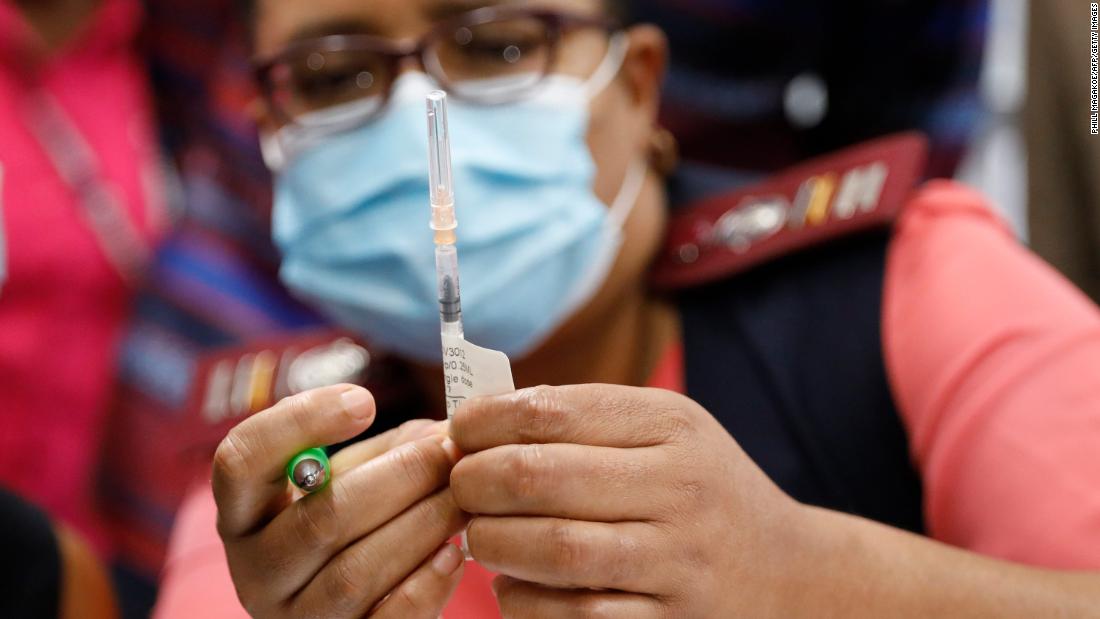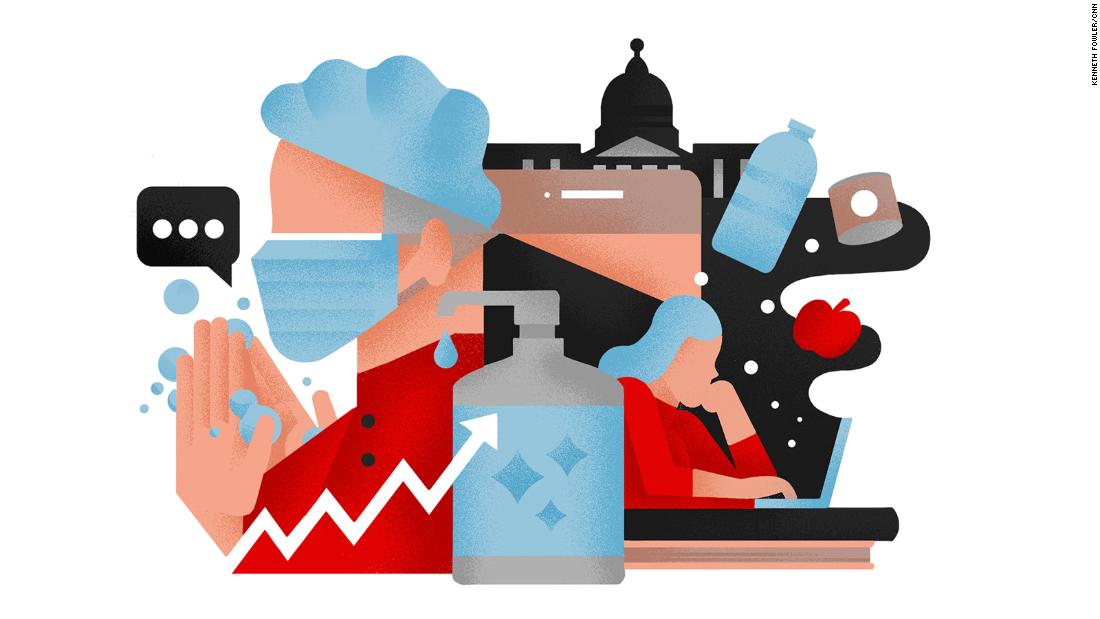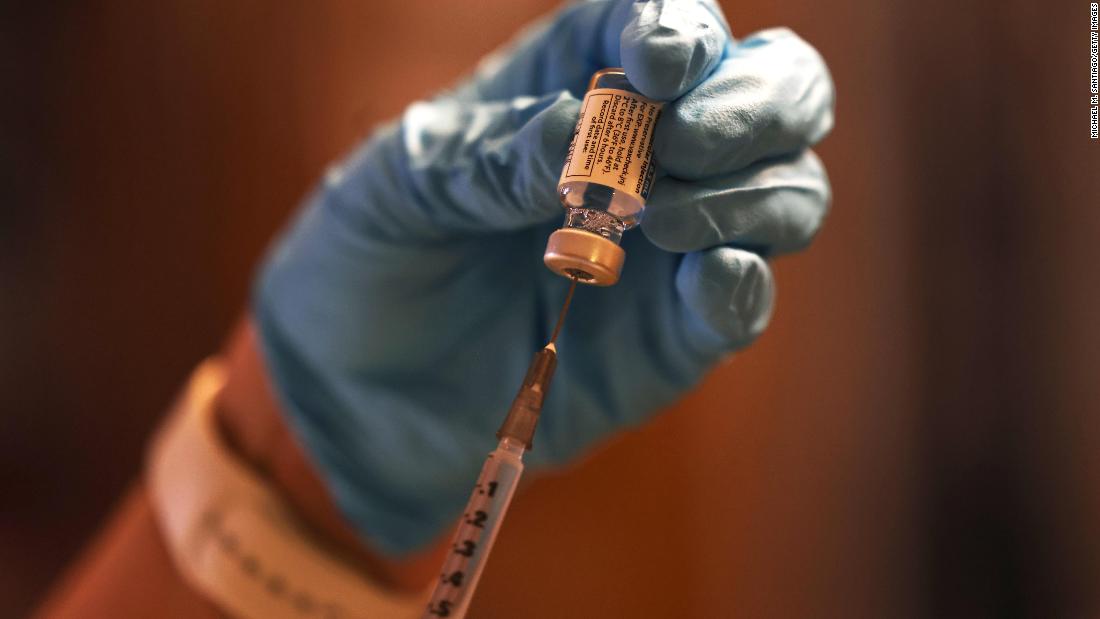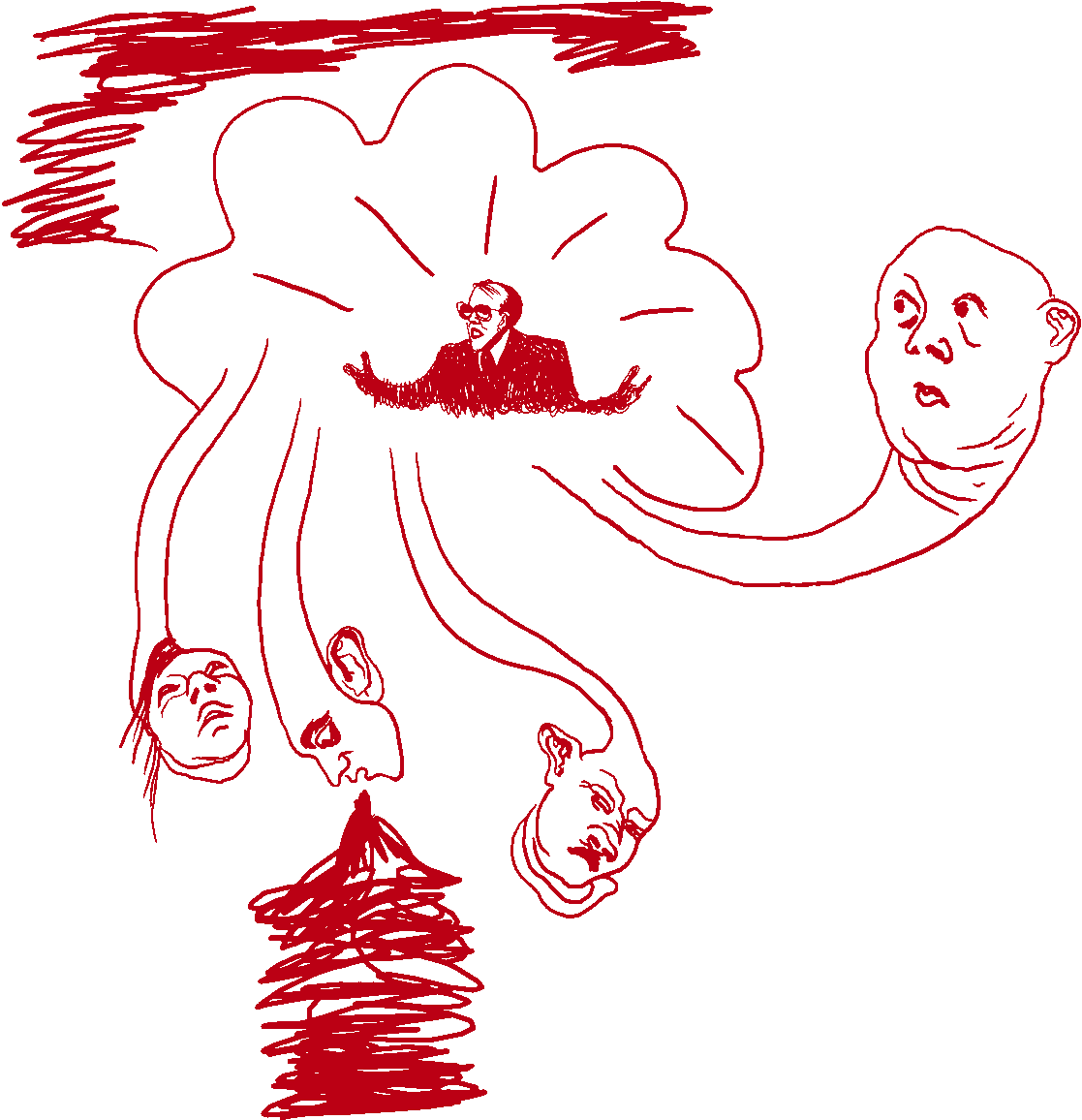Contextualizing those risks and benefits in a rational way is a lot harder than it may seem. Research has found that our brains are inclined to process risk as a feeling rather than through an analytical approach.
“With medical care in general, there is a great deal of uncertainty and fear,” said Dr. Andy Lazris, a geriatric physician. Lazris and his research partner, environmental scientist Erik Rifkin, have published work on interpreting medical risk.
When confronting that uncertainty and fear, as with the J&J vaccine, presenting “risk and benefit in a way that’s understandable and comparable to other choices you make” is key, he said.
When the first six cases of TTS were reported, it was easy to imagine the pain and suffering those individuals experienced.
“These are individuals we can visualize dealing with a scary, novel, unexpected threat,” said psychologist Paul Slovic, a professor at the University of Oregon and president of Decision Research, an institute focused on studying human judgment, decision-making and risk.
We can “visualize the numerator,” he said.
But it’s overwhelming and nearly impossible to visualize the 32 million Americans who have had Covid-19, leading to a desensitization to the numbers.
Nearly 600,000 people have died in the United States, each with their own story and loved ones left behind, and thousands of others are experiencing debilitating long-lasting symptoms. After being “bombarded with information” about Covid-19, though, we can experience a “psychic numbing” in our collective consciousness, Slovic said.
Objectively evaluating risk is also tough because it’s so personal.
Even the words we use to describe risk rely on interpretation, driven largely by our personal experiences.
These blood clots are rare and we know that vaccinated individuals face minimal risk. But every person internalizes that information differently because we each have a different definition of what “rare” and “minimal” mean.
“Verbal quantifiers are a terrible way to communicate,” said Baruch Fischhoff, a professor at Carnegie Mellon University and founding chair of the FDA’s Risk Communication Advisory Committee.
“They guarantee confusion,” he said. “What’s ‘small’ for me is for others ‘infinitesimal’ and for others ‘rare.’”
And no matter what terminology is used, the level of risk related to the J&J vaccine will inherently feel more significant to those who have lost a loved one to a blood clot than those who have not.
Where language fails, numbers can help. But even clear and reliable statistics are not always persuasive when up against strong emotions.
“Our feelings don’t do math well,” Slovic said. “The strong feelings created by a scary consequence, such as a blood clot, are insensitive to the small probability of the consequence.”
Familiarity can help mitigate negative feelings associated with risk, which is how we’re able to participate in other activities with inherent risk, such as driving and taking prescription drugs. But in a situation as novel as this, only a true 0% chance — not one in a million, or something as small as 0.0002% — can really extinguish the anxiety.
When it comes to the J&J vaccine, experts say there are a few more reasons why the risk of blood clots may feel bigger than it is.
We feel betrayed. From early on, we’ve viewed vaccines as our getaway car. We expect Covid-19 to hurt us. But these wonders of science are supposed to protect us from that threat, not hurt us in a different way.
Control is part of the equation. While the risk of catching Covid-19 is high, we feel like we can minimize it by controlling our own behavior. But we can’t choose how the vaccine affects us, which means the risk feels out of our hands.
The pause seemed abrupt. Public health communication around the pandemic in general has been fraught with confusion, fostering mistrust. Before the pause and investigation, the CDC and FDA were not clear about the steps leading to their decision to pause and investigate. Despite excellent data reporting systems, the general public wasn’t aware of these incidents until the pause was announced. And the risks and benefits weren’t directly weighed against each other upfront, making it difficult for the public to make informed judgments.
But experts agree that the pause and investigation should inspire confidence.
“The message of the pause is that they’re taking this seriously and that safety is paramount,” Slovic said. “What it boils down to is that we rely on our feelings, but need to try to be aware of the fact that we may not be able to trust our feelings.”
Instead, we should trust the science.
The CDC and FDA recommended the continued use of the Johnson & Johnson single-dose vaccine, but added a warning that women between the ages of 18 and 49 may be at higher risk of experiencing TTS. Two additional cases, a man and a woman, have been identified since the pause was lifted. But the risk remains extremely low.
And now both health care professionals and the public are better informed about the treatment options and the warning signs to watch for in people who have had the vaccine, including severe headache, leg or abdominal pain and shortness of breath.
“We will collaborate with health authorities around the world to educate health care professionals and the public to ensure this very rare event can be identified early and treated effectively,” Paul Stoffels, Johnson & Johnson’s chief scientific officer, said in a statement issued after the pause lifted.
As vaccinations continue, far more lives will be saved than put at risk: Data presented to the CDC’s vaccine advisory committee suggests that 600 to 1,400 deaths and as many as 3,500 ICU admissions from Covid-19 could be prevented.
The FDA’s Woodcock said in a statement that the agency is “confident that this vaccine continues to meet our standards for safety, effectiveness and quality.”















































